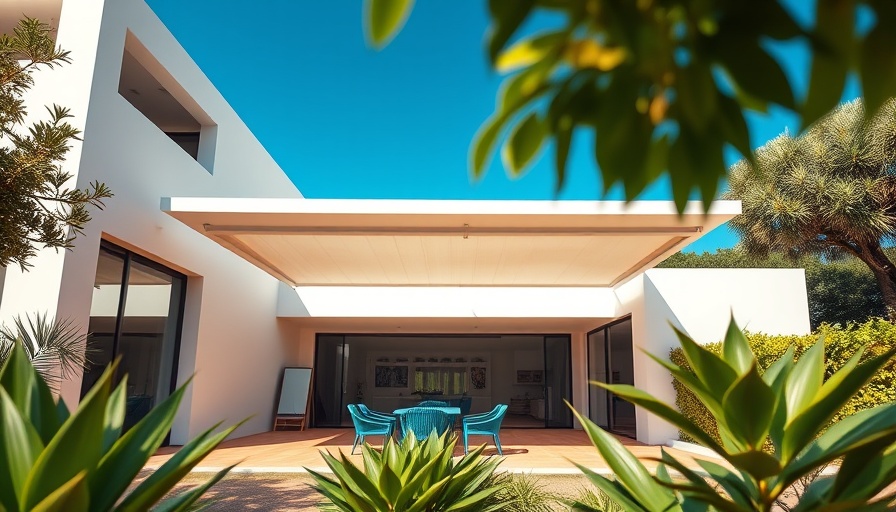
The Transformation of Frid Villa: Redefining Residential Spaces in São Paulo
The Frid Villa project, designed by Vapor Arquitetura, is an innovative residential redevelopment located in São Paulo's Alto de Pinheiros neighborhood. This project has transformed a sprawling single-family residence into five autonomous residential units while retaining the aesthetic charm of the original structure. By focusing on thoughtful design and sustainable practices, this architectural endeavor demonstrates how adaptive reuse can meet contemporary living demands.
Creating Community Spaces Within Private Units
The primary objective of the Frid Villa project is not just to subdivide living space; it's also about fostering community. Each unit, ranging from 60 to 100 m², includes access to shared gardens and circulation spaces. By designing private gardens and terraces for each unit, Vapor Arquitetura creates a sense of individual ownership amidst a communal environment, enhancing the quality of life for residents.
Respecting History with Modern Materials
One of the project's standout features is its commitment to preserving the original structure while integrating modern materials. The design preserves masonry walls and glass bricks, which hark back to the villa's heritage, while introducing a contemporary block that houses essential infrastructure. This approach not only maintains the historical context but enriches the neighborhood's architectural dialogue.
Emotional Connections Through Design
Architecture has a powerful way of shaping our daily experiences. The design principles behind Frid Villa resonate with individuals seeking harmony between historical context and modern living demands. By creating spaces that encourage interaction and connection, the project embodies the emotional essence of home—community and personal sanctuary.
Overall, Frid Villa stands as a testament to the importance of thoughtful architecture in urban settings. With principles rooted in sustainability and responsiveness to community needs, this project exemplifies how we can reshape our living environments to be more inclusive and adaptable, thus enriching the quality of life for all residents.
 Add Row
Add Row  Add
Add 

 Add Row
Add Row  Add Element
Add Element 






Write A Comment